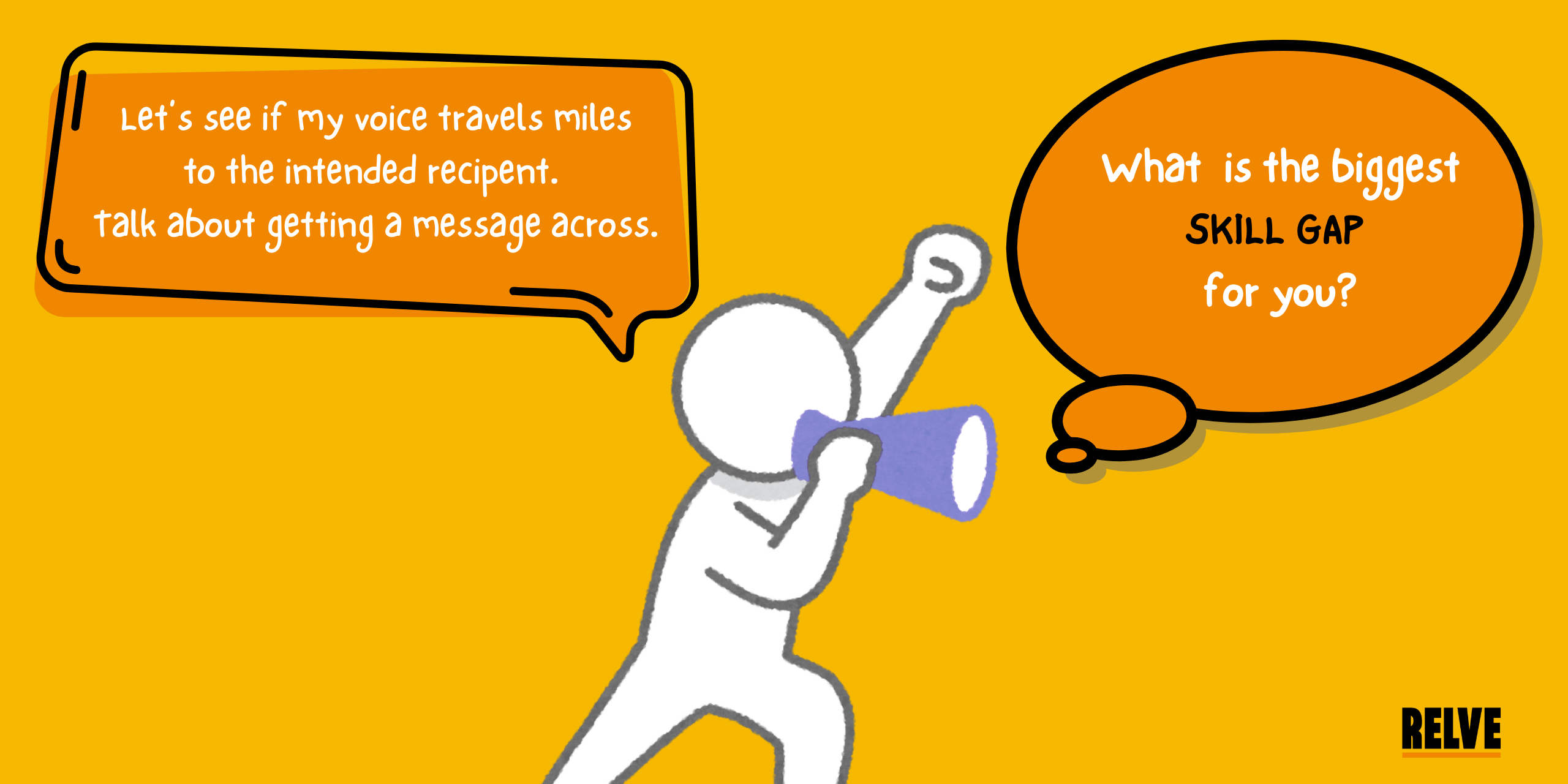Imagine starting a job you’ve dreamed of – only to realize you’re not fully prepared for it. Now flip the perspective: you’re a business leader with roles to fill, but no candidate seems quite ready. You’ve just stumbled upon the silent tension of the modern workforce i.e the skills gap.
Skills gap – it’s a story of students, workers and employers struggling to keep pace in a world that’s evolving faster than ever. We’re faced with a crucial question – how to bridge the growing disconnect between what people know and what today’s jobs truly demand?
In this blog, we’ll break down what a skill gap is, how to spot it before it explodes in your face, and the smartest way to fix it. You’ll also learn the secret sauce behind doing a gap analysis and what tools and templates actually make it easier.
Stick around. We’re about to unclog your hiring pipeline.

Identifying Skill Gaps
Let’s start with the big question: how do you identify skill gaps?
It’s not always obvious. Sure, some employees ask what a CRM is. Others think Excel is a video game. But many skill gaps sneak under the radar. That’s what makes them dangerous.
Skill gaps in the workplace usually show up when employees can’t meet the actual needs of their roles. Sometimes it’s technical knowledge. Other times it’s the lack of critical thinking skills or poor social skills.
According to SHRM, 77% of HR professionals report struggling to find full-time talent with the right blend of technical and interpersonal skills. That means the problem isn’t just hard skills, it’s also the soft ones you assumed were “basic.”
